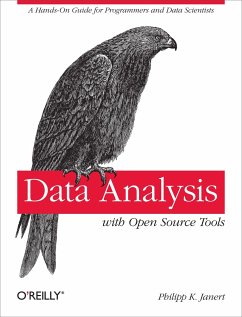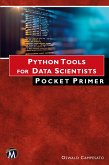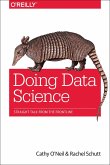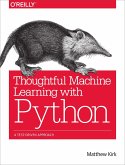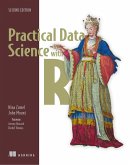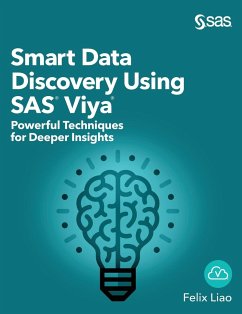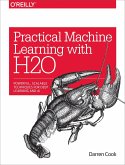Collecting data is relatively easy, but turning raw information into something useful requires that you know how to extract precisely what you need. With this insightful book, intermediate to experienced programmers interested in data analysis will learn techniques for working with data in a business environment. You'll learn how to look at data to discover what it contains, how to capture those ideas in conceptual models, and then feed your understanding back into the organization through business plans, metrics dashboards, and other applications.
Along the way, you'll experiment with concepts through hands-on workshops at the end of each chapter. Above all, you'll learn how to think about the results you want to achieve -- rather than rely on tools to think for you.
Use graphics to describe data with one, two, or dozens of variables
Develop conceptual models using back-of-the-envelope calculations, as well asscaling and probability arguments
Mine data with computationally intensive methods such as simulation and clustering
Make your conclusions understandable through reports, dashboards, and other metrics programs
Understand financial calculations, including the time-value of money
Use dimensionality reduction techniques or predictive analytics to conquer challenging data analysis situations
Become familiar with different open source programming environments for data analysis
"Finally, a concise reference for understanding how to conquer piles of data."--Austin King, Senior Web Developer, Mozilla
"An indispensable text for aspiring data scientists."--Michael E. Driscoll, CEO/Founder, Dataspora
Along the way, you'll experiment with concepts through hands-on workshops at the end of each chapter. Above all, you'll learn how to think about the results you want to achieve -- rather than rely on tools to think for you.
Use graphics to describe data with one, two, or dozens of variables
Develop conceptual models using back-of-the-envelope calculations, as well asscaling and probability arguments
Mine data with computationally intensive methods such as simulation and clustering
Make your conclusions understandable through reports, dashboards, and other metrics programs
Understand financial calculations, including the time-value of money
Use dimensionality reduction techniques or predictive analytics to conquer challenging data analysis situations
Become familiar with different open source programming environments for data analysis
"Finally, a concise reference for understanding how to conquer piles of data."--Austin King, Senior Web Developer, Mozilla
"An indispensable text for aspiring data scientists."--Michael E. Driscoll, CEO/Founder, Dataspora

